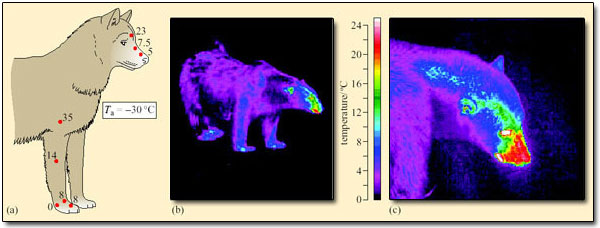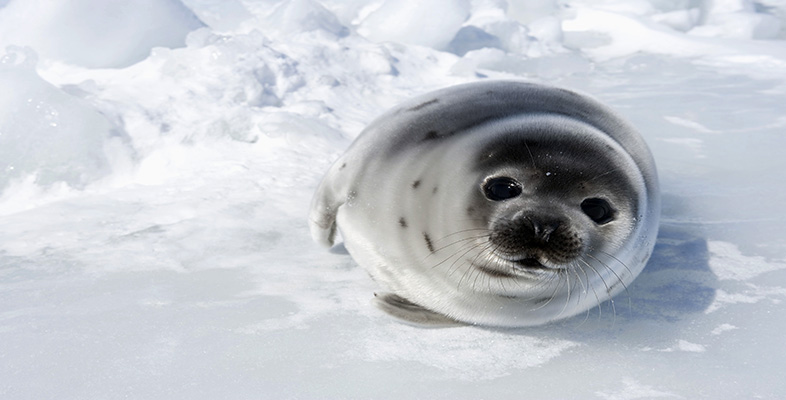
Figure 18a: Dill, P. B. and Irving, L. (1964) Polar biology, Handbook of Physiology, Chapter 5, American Physiological Society; Figure 18b: Dr Malcolm A. Ramsay, University of Saskatchewan, Canada and Caroline Pond, Open University; Figure 18c: Dr Malcolm A. Ramsay, University of Saskatchewan, Canada
Figure 18 (a) The temperatures at various areas of the skin of a husky dog measured with a thermometer. (b) and (c) The heat emitted from a wild polar bear, photographed by infrared thermography. The scale indicates the surface temperatures inferred from the amount of heat radiated. The background snow radiates so little heat compared to the bear that it appears black
